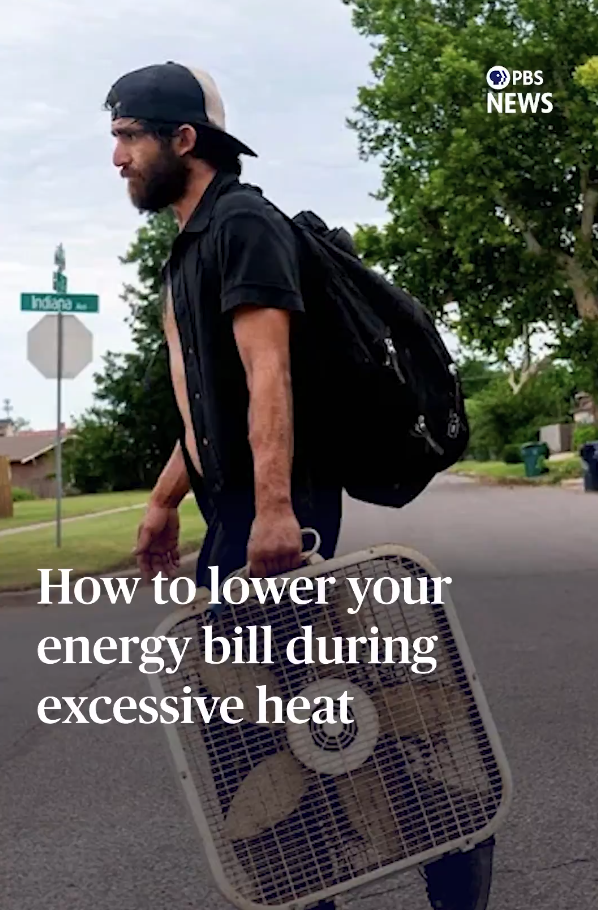[selection from segment below]
John Yang: What programs are there to either help pay the electric bills or protect them from being disconnected?
Sanya Carley: I like to think of these in three bins, if you will. The first is kind of preventative measures. The second is more emergency relief, and the third is more of kind of long-term maintenance. In the preventative measures, I would put things that lower the energy bill. So, weatherization assistance is one classic example where essentially you're helping a home weatherize to seal holes in the wall or gaps, or to repair or to swap out their appliances. Residential solar is another preventative solution that essentially can lower one's energy bill over time. The emergency assistance, one could seek out local bill assistance through their local government, but also the federal government offers the low-income home energy assistance program. And then finally, there are disconnection protections. These are at the state level. States declare whether there are certain times that utilities cannot disconnect certain customers if, for example, the weather is above or below a certain temperature or at a certain time of year. Now, I'll just point out that these policies are widely inconsistent across the states. It's a patchwork, if you will.


